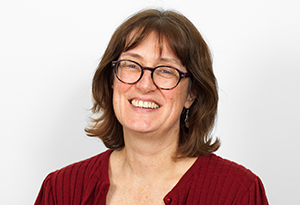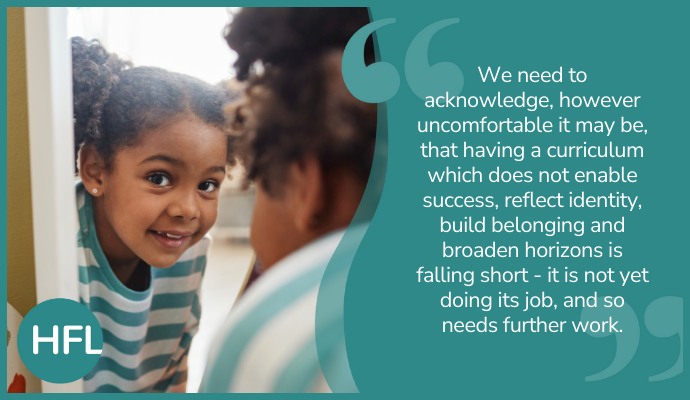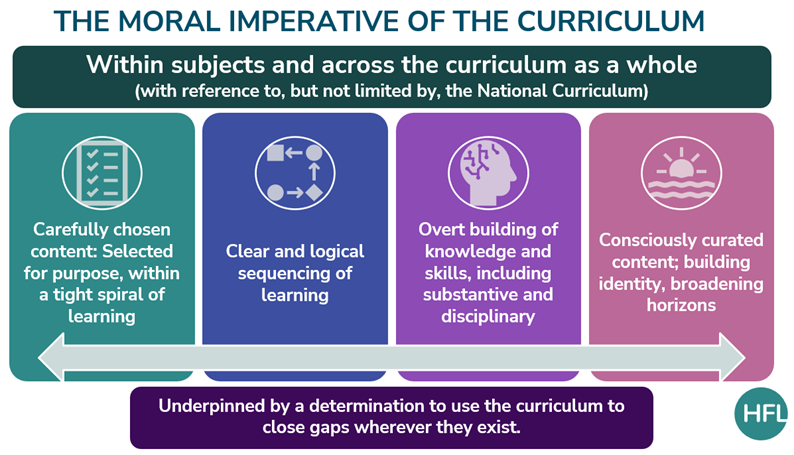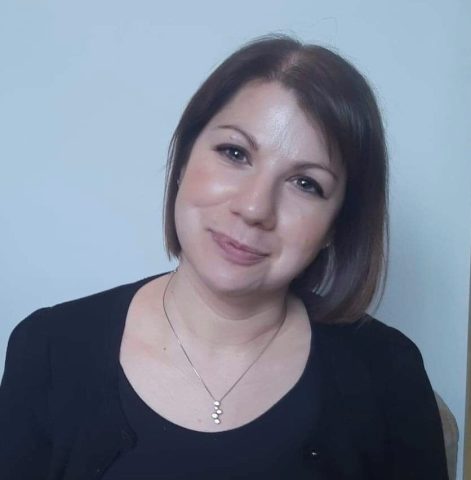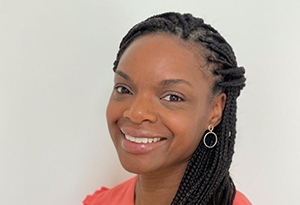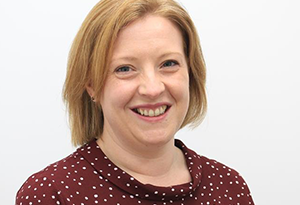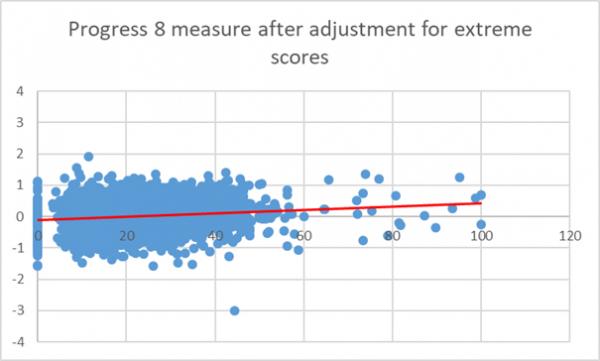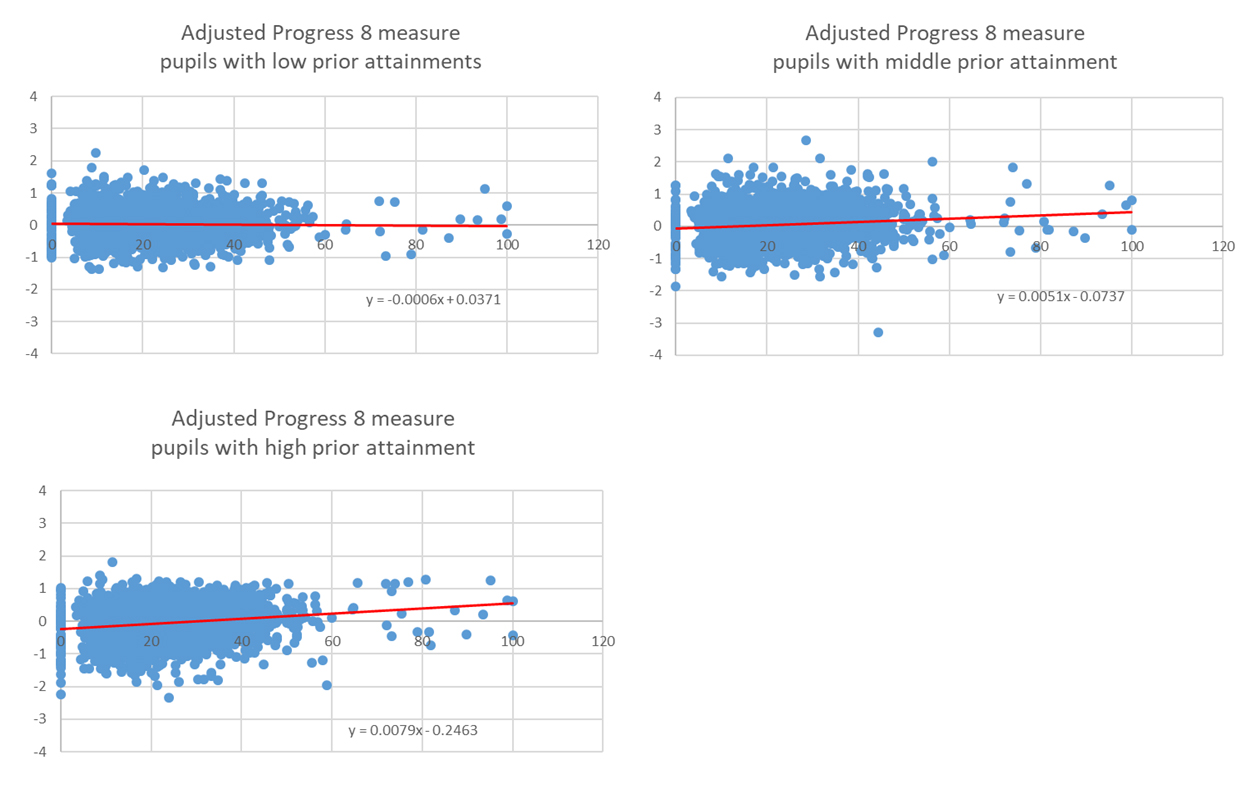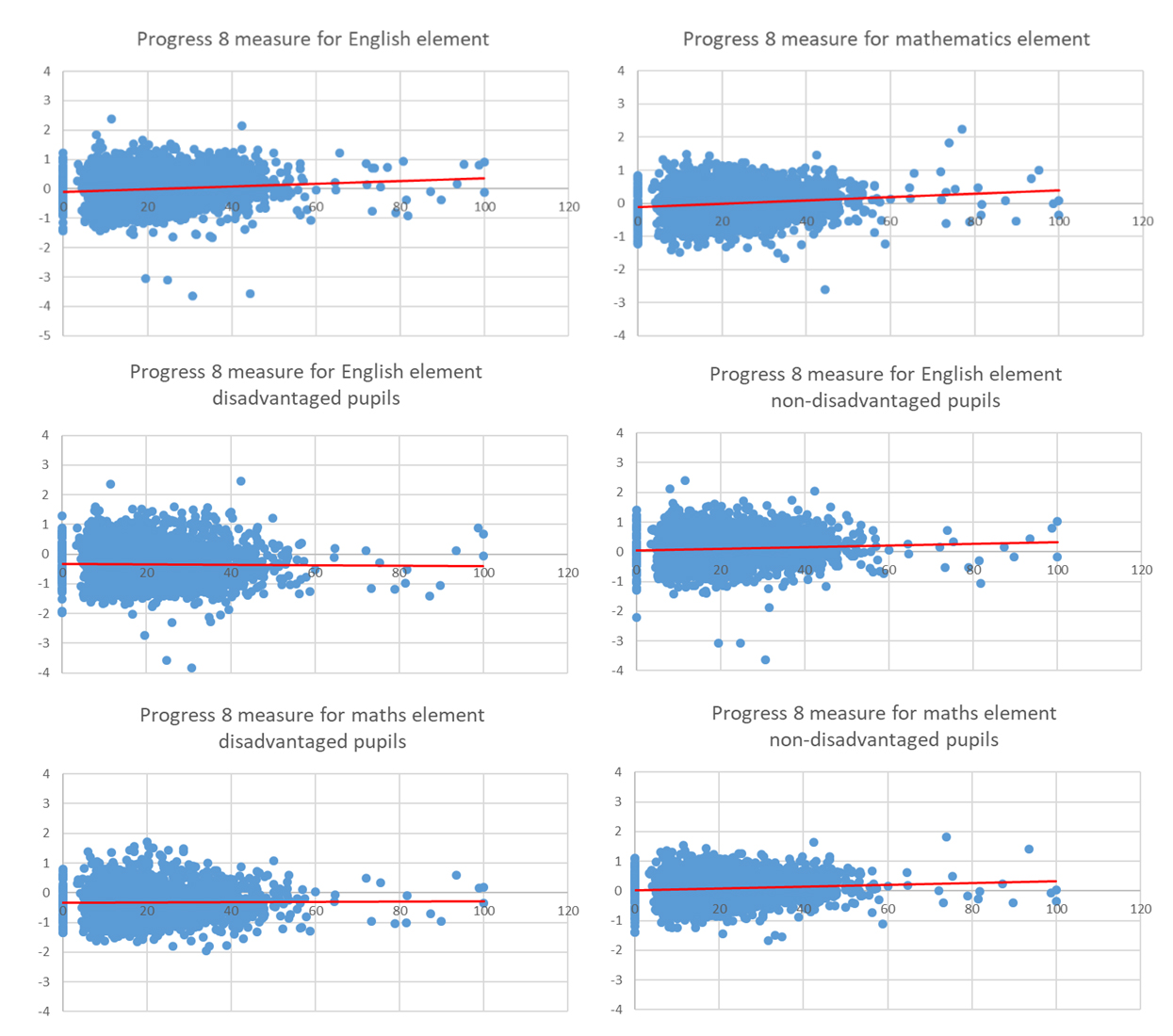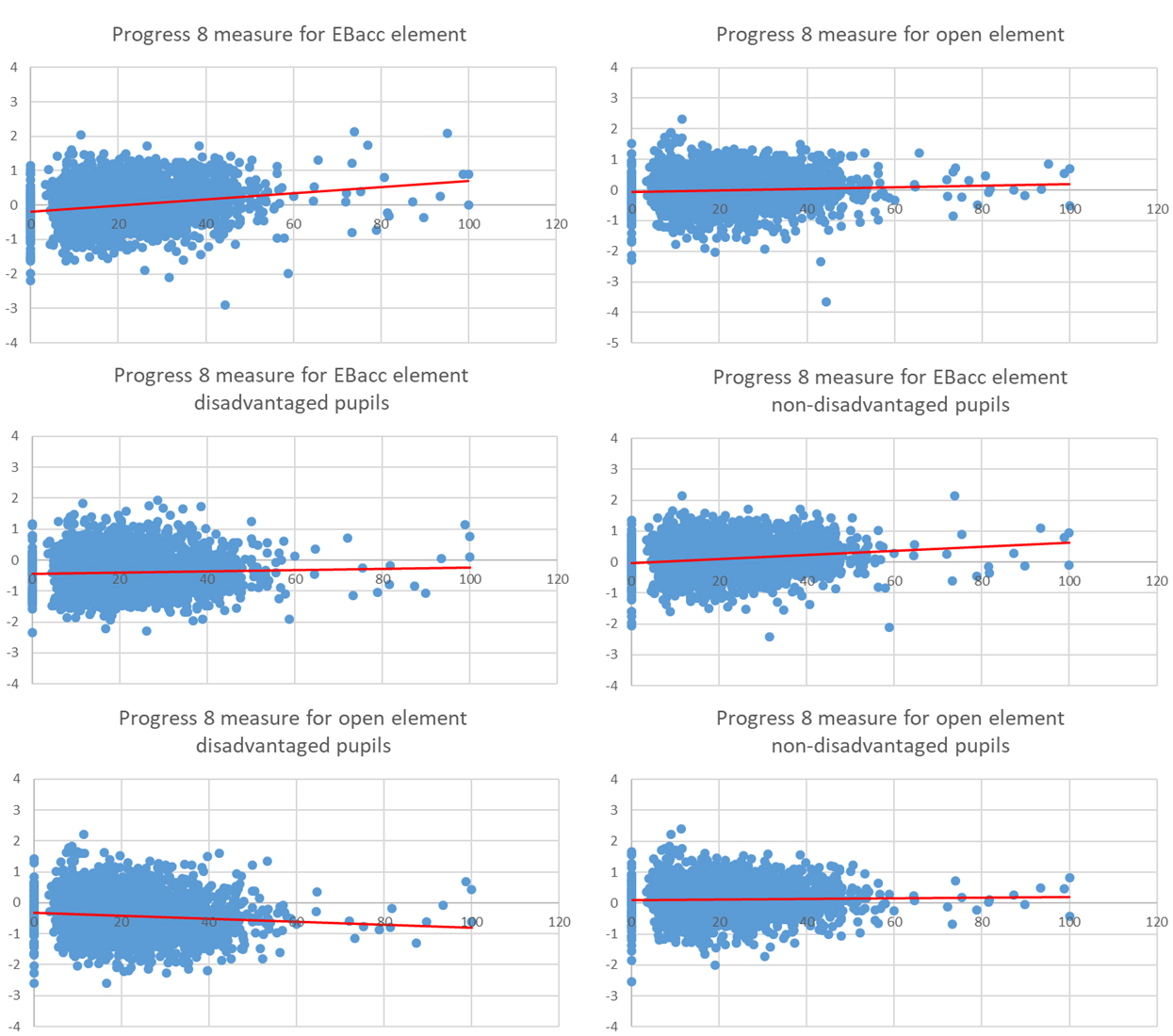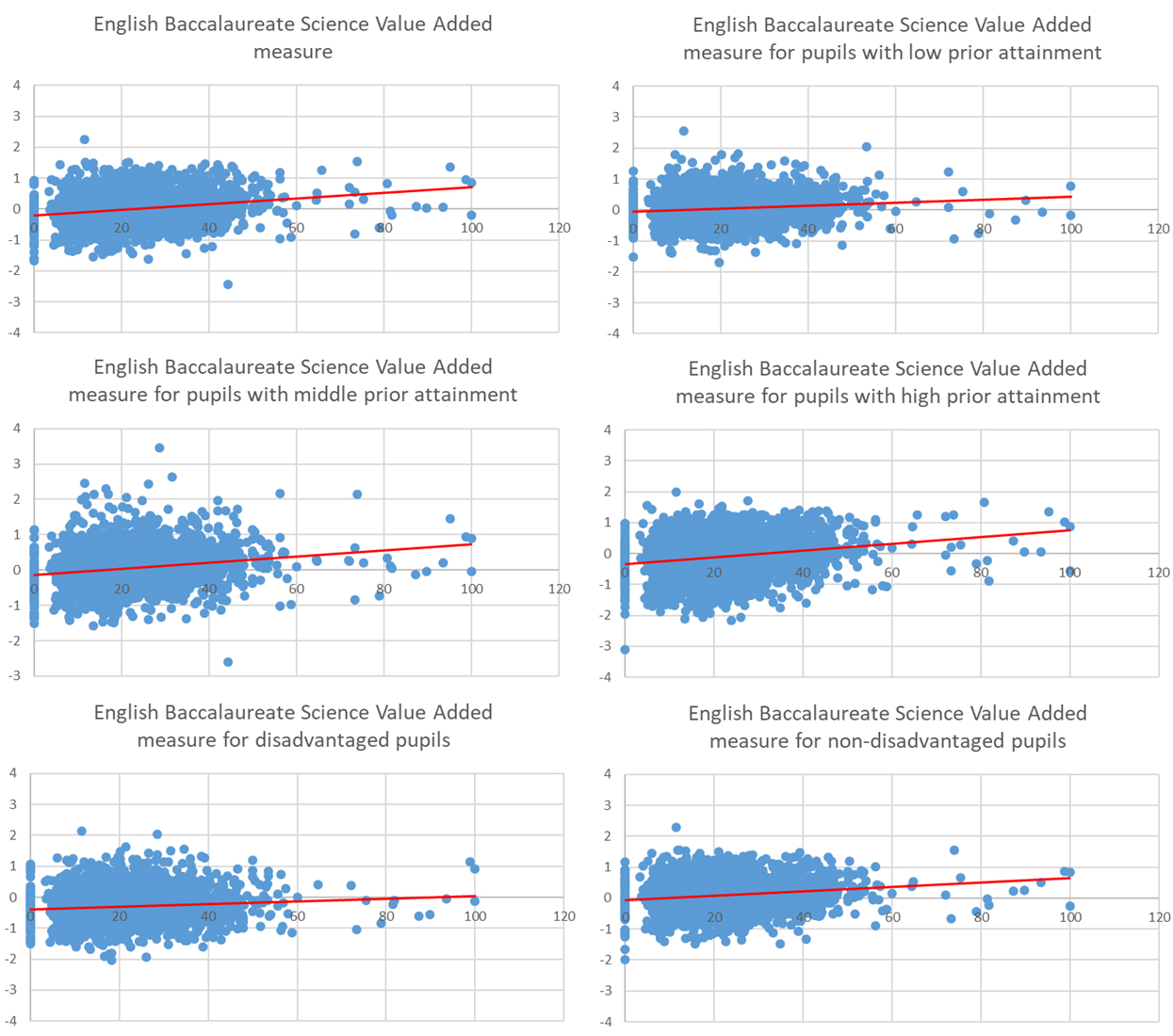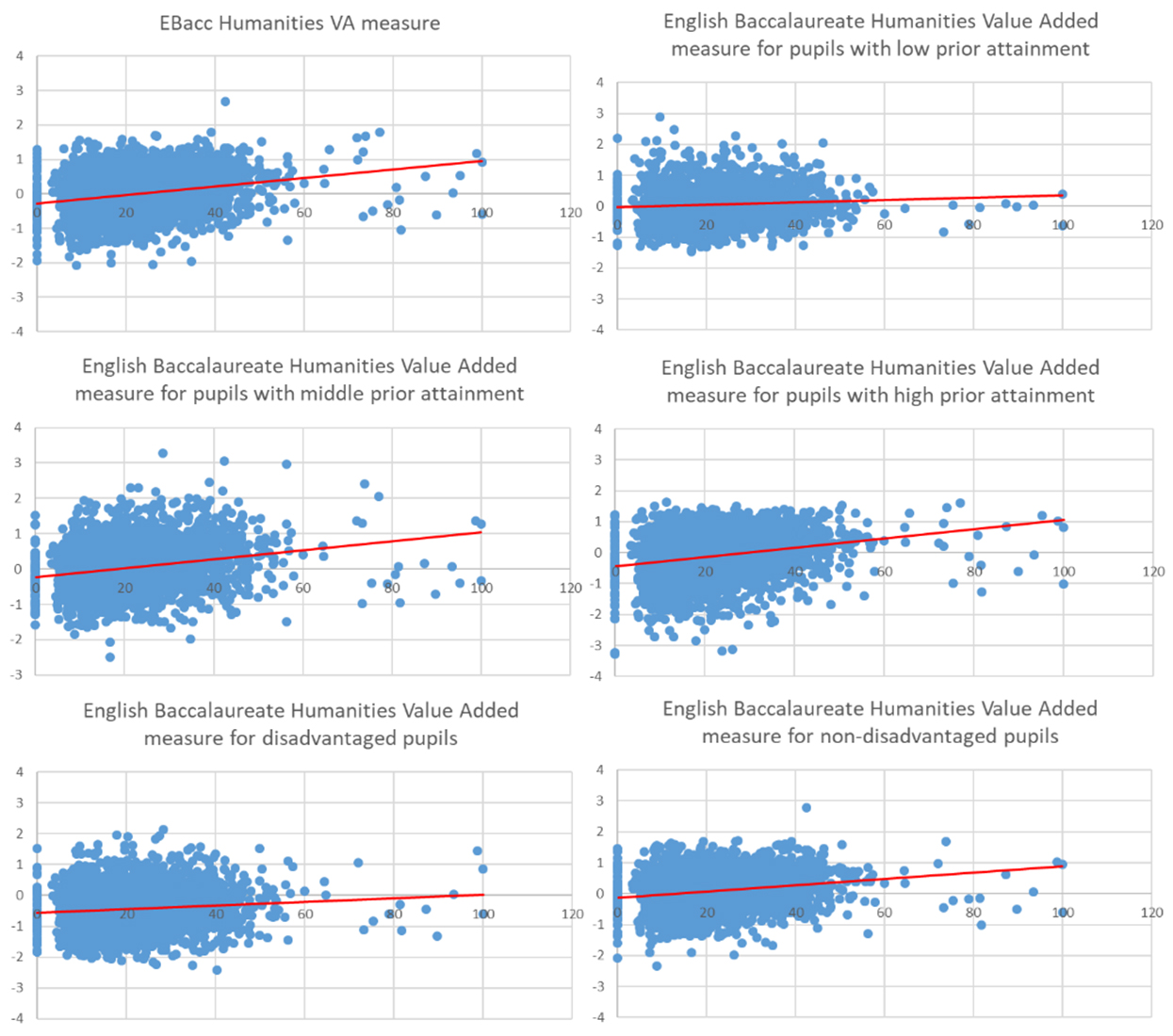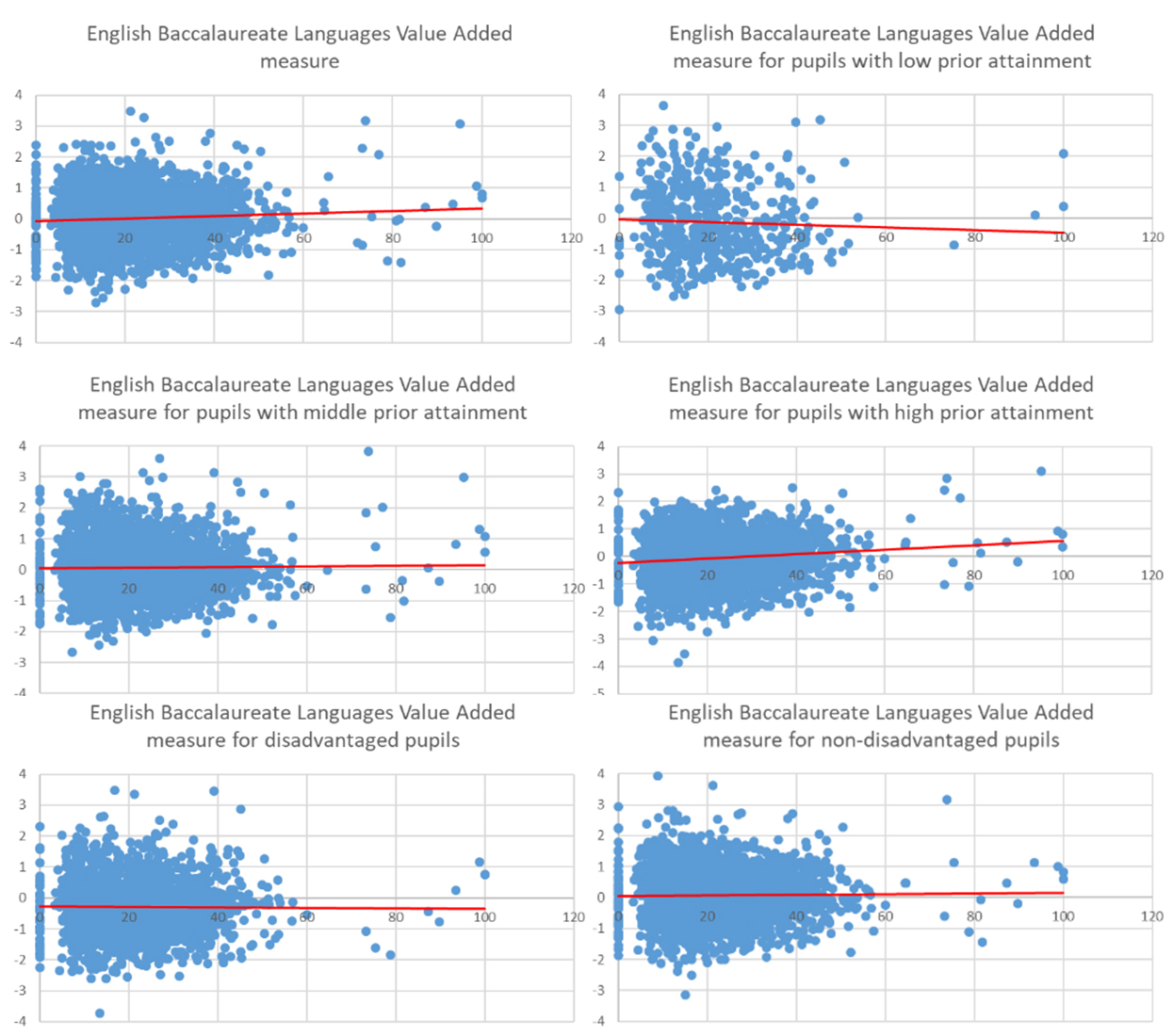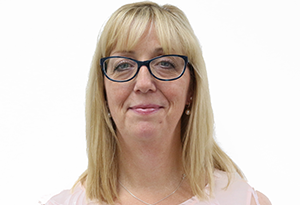Writing for pleasure – AND for assessment!

It’s that time of year again – reviewing the writing the children are producing, thinking about planning that’s going to let them write independently, considering that writing in relation to end of year expectations. It can all feel a bit stressful; particularly if you are in Year 2 or Year 6.
It’s something we’re often asked about at this time of year, in our visits to schools with those year groups – to have a look for some writing opportunities for the next few weeks.
The key, I think, is in that word: ‘opportunities’. Generally, at the end of such a visit, we’re all pretty excited about the writing coming up in the weeks ahead, and also generally (from previous years’ feedback), the children have ended up really enjoying what they’ve been asked / enabled / allowed to do.
That enjoyment and those three verbs are beyond important. Writing towards the end of the school year should be when the children are revelling in being writers, when they show off what they’ve learnt over the year, and when we let go a bit. And letting go, at this point in the year, is something we can, and should do.
Indeed, writing outcomes for years 2 and 6 need to be independent, as understood in relation to the Standards and Testing Agency (STA) guidelines – but this doesn’t mean a ‘cold task’. To really understand what this means, I always turn to the STA exemplifications for key stage 1 and key stage 2.
These collections of writing of course support with assessing work, but they also open a window to the kinds of writing that allow the children to be independent and to write with enthusiasm. And you know, they do read as if the children have enjoyed the writing tasks – and have been in control of them. Here are some examples of the contexts from which the outcomes evolved:
One each from the three Y2 (KS1) collections
Piece D - Kim (One of four arising from work on this text)
This was part of a topic based on The Story Machine by Tom McLaughlin. The pupils were asked to write a letter to Elliott explaining the purpose of the machine he had found (a typewriter). Kim chose to use instructions in the letter, illustrated them (in the original), and edited and proof-read it.
Piece C - Ali
This letter was part of a topic on Florence Nightingale. Jamie had discussed the ideas as part of whole-class work and with the teacher before writing. The class was given some vocabulary: ‘arrived’, ‘bandages’, ‘soldiers’, ‘mother’, ‘father’, ‘nurses’, as well as the address and date for the letter.
Piece B - Jamie
Following class discussion of a trip to Portchester Castle, pupils were asked to plan and write a recount of the visit. Pupils had previously learnt about the features of a recount, and devised their own format for this piece.
One each from the four Y6 (KS2) collections
Piece A - Leigh
Pupils explored and acted out the five stages of a journey through a rainforest, in which weather was used to suggest a change in atmosphere or fortune. They then wrote their own five-stage story, set in a different location, introducing a clue, which would be used later in the story to help the narrator reach their destination.
Piece B - Morgan
Pupils participated in a Viking workshop as part of a history topic. They experienced a number of Viking activities, listened to Viking stories and wore traditional Viking clothing. Pupils used photographs taken during the workshop to plan and write a recount, informing parents of the day’s events.
Piece C - Frankie
Following a science topic on health, during which pupils had written an explanation of how the heart works, they selected a topic about which they had both knowledge and personal experience in order to write their own explanatory text.
Piece E – Dani
Pupils discussed the use of mobile phones in schools, sharing different views. They debated and wrote about the topic in various ways. Having learnt about the features of argument, they then presented a balanced argument in writing. The focus of the session was being able to structure their writing into paragraphs ‘for’ and ‘against’ and to use words from different word classes to start sentences.
I think these are enormously helpful for teachers and always share them when we’re thinking about ‘what to write’. They illustrate the importance of deep engagement. They give examples of the supports the children can have and use – and remain independent. They show how to enable and allow writing from the wide range of other work the children will be doing.
Along with looking at those, there are a few other ‘top tips’ that come up time and again when working with teachers to map out a few weeks’ worth of work that will let the children show off what they can really do.
- review the ‘types’ of writing you’ve taught across the year. You’ll want to let the children write in styles with which they are familiar. This is not the time to start writing a discussion text if they’ve not done that before
- identify several ‘hooks’ that are going to spark their engagement, their curiosity, their enthusiasm – and which they can access relatively easily. These might be a picture book, a short film, a visit or visitor, anything outside, a link made with the wider curriculum. Or, take a tip from the Y6 STA example above and model around something they’re doing in school – and then let them repeat the style, but following their own interests
- plan for at least two or three pieces of work to come out of each inspiration
But why confine this to just Year 2 and Year 6? Why let them have all the fun? We’d recommend such an approach for all year groups. At HFL Education, we’ve had teacher assessment frameworks (TAFs) for writing for year groups 1, 3, 4 and 5 for some while now as part of our Writing Toolkit. We believe these support teachers with understanding writing expectations for their individual year groups and they are intended to be used with the same expectations around independent writing as with the writing selections in year 2 and year 6.
Having a collection of writing outcomes in books (I’m not talking about creating ‘portfolios’ here), with work that has been largely independently written gives a solid base on which to make end of year assessments that will support the teacher in the next year group with pitch. Why not also go that extra step further and start the new year in those old books – so that the children can take time to look back and see just how well they could write in July? It’s a fantastic boost to their self-confidence after the long holiday when they have, inevitably, temporarily forgotten a few things. Then, start the new books two or three weeks in, once they’ve been reminded about what they did actually know before.
But that’s only one side of the coin. The other is where I started, with aiming towards getting children to write for pleasure. When we give them independence and a bit of freedom, all within the security of writing in forms with which they are confident, when we offer them things they want to write about, on topics with which they are deeply engaged – then we nudge them to becoming real writers.
